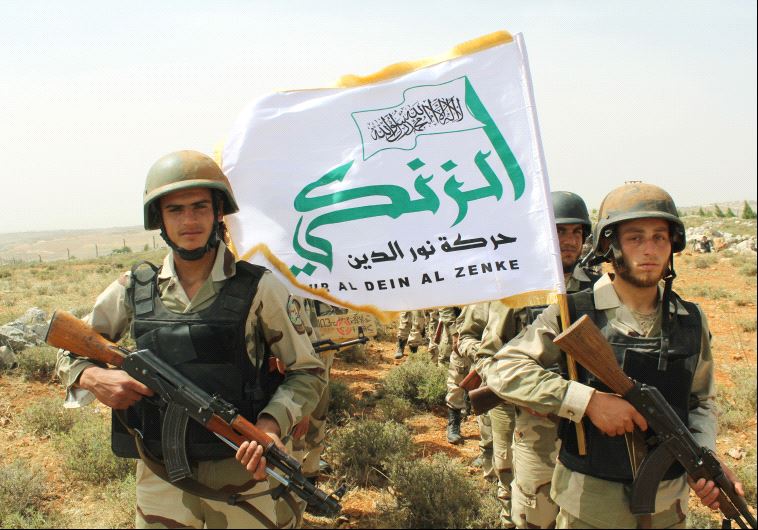War of attrition: The Syrian rebellion grinds on into its 6th year, with no end in sight
In the Sunni-Shia proxy war currently under way, no side has a clear and obvious advantage.
 Nour al-Din al-Zenki fighters training in the north Aleppo countryside, June 2016(photo credit: YASSER IBRAHIM)
Nour al-Din al-Zenki fighters training in the north Aleppo countryside, June 2016(photo credit: YASSER IBRAHIM)